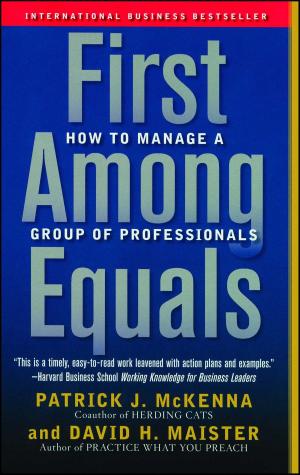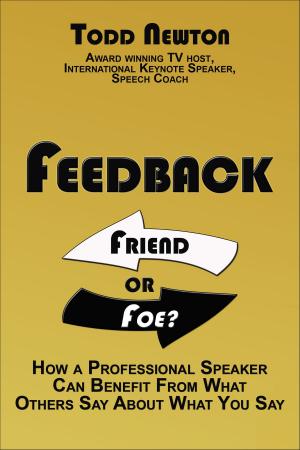Look Before You Lean
How a Lean Transformation Goes Bad--A Cautionary Tale
Business & Finance, Career Planning & Job Hunting, Consulting| Author: | Employee X. | ISBN: | 9780941913072 |
| Publisher: | The Nobby Works | Publication: | September 1, 2013 |
| Imprint: | Language: | English |
| Author: | Employee X. |
| ISBN: | 9780941913072 |
| Publisher: | The Nobby Works |
| Publication: | September 1, 2013 |
| Imprint: | |
| Language: | English |
There’s a lot of pain going down in American business these days, and much of it is coming down on the heads of American workers. Surprisingly much of it is caused by corporate witlessness rather than wickedness. Look Before You Lean: How a Lean Transformation Goes Bad--A Cautionary Tale chronicles two years of lean-driven turbulence at the author’s employer of 15 years. Lean, the management methodology which started in the 1950s in the manufacturing environment of Toyota, has slowly but surely been making its way into the office environments of the Western world. But not without controversy. The book pivots off the question of why lean thrives when it appears to turn people off almost as quickly as it turns them on. Beyond that, it is a statement from what lean practitioners call “the factory floor,” where the view is not as simple, sunny, or salutary as it may appear from the boardrooms, executive suites, or various lean think tanks. It is that most critical assembly line statement that lean advocates themselves give loud, long lip service to. It is this: Stop the line! There’s something wrong here.
There’s a lot of pain going down in American business these days, and much of it is coming down on the heads of American workers. Surprisingly much of it is caused by corporate witlessness rather than wickedness. Look Before You Lean: How a Lean Transformation Goes Bad--A Cautionary Tale chronicles two years of lean-driven turbulence at the author’s employer of 15 years. Lean, the management methodology which started in the 1950s in the manufacturing environment of Toyota, has slowly but surely been making its way into the office environments of the Western world. But not without controversy. The book pivots off the question of why lean thrives when it appears to turn people off almost as quickly as it turns them on. Beyond that, it is a statement from what lean practitioners call “the factory floor,” where the view is not as simple, sunny, or salutary as it may appear from the boardrooms, executive suites, or various lean think tanks. It is that most critical assembly line statement that lean advocates themselves give loud, long lip service to. It is this: Stop the line! There’s something wrong here.















